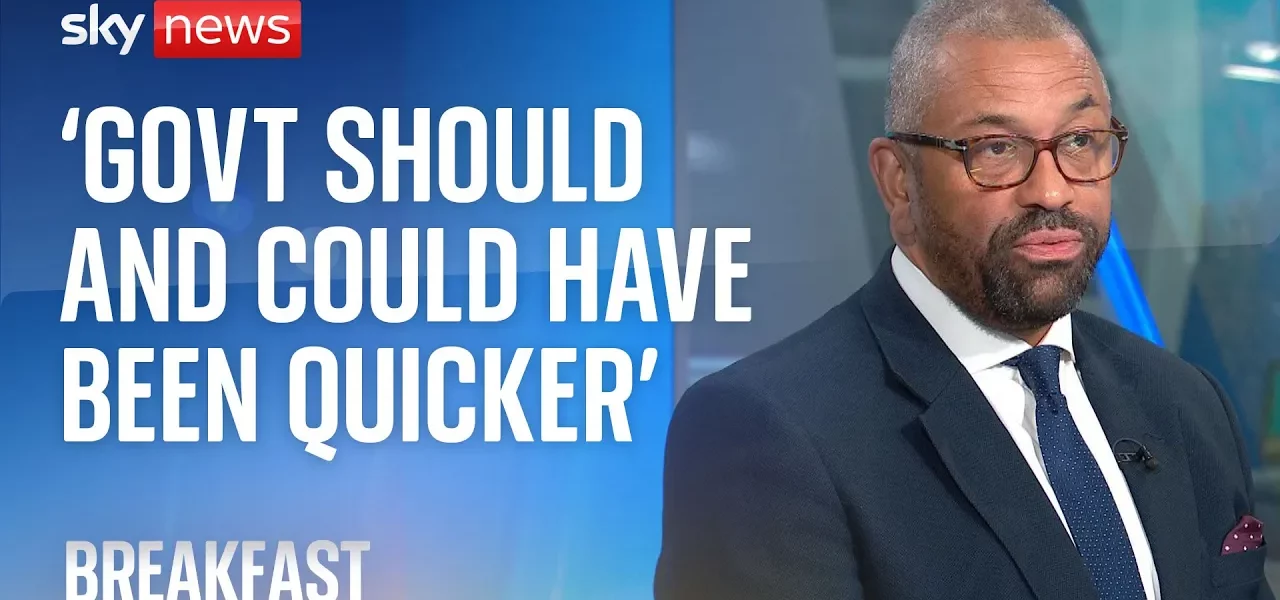Government Response to Southport Stabbings: A Call for Action

The recent stabbings in Southport have sparked a wave of unrest, raising pressing questions about government action, societal implications, and the pervasive influence of online disinformation. This article delves into these critical issues, providing a comprehensive overview of the situation and the necessary steps that need to be taken.
Introduction
The violence that erupted following the tragic stabbings in Southport has sent shockwaves through the community and beyond. In the aftermath, we have witnessed a disturbing rise in racially motivated attacks, fueled by disinformation and far-right extremism. This response from various segments of society and the government has been scrutinized, with many calling for a more decisive and rapid approach to handle the escalating violence. Understanding the roots and ramifications of this unrest is crucial for fostering a safer and more inclusive society.
The Events in Southport
The stabbings in Southport were not just isolated incidents; they became a catalyst for a series of violent protests and racially charged attacks. Following these stabbings, a concerning trend emerged where individuals identified with extremist views took to the streets, displaying symbols of hate and targeting innocent communities. This alarming behavior raises significant questions about societal attitudes and the influence of radical ideologies.
Understanding the Catalyst
While the Southport stabbings were indeed horrific, they were not the only incidents leading to such unrest. A history of violence and racial tensions within the community has created a volatile atmosphere. The question remains: why did this particular event trigger such a strong reaction?
- Historical context of racial tensions in the UK
- Previous incidents of violence and their societal impacts
- The role of social media in amplifying dissent
Racism and Online Disinformation
One of the most concerning elements of the recent unrest is the role of online disinformation in stoking fear and hatred. Social media has become a breeding ground for extremist ideologies, allowing misinformation to spread rapidly and incite violence.
The Influence of Social Media
Platforms such as Twitter and Facebook have been criticized for their inability to control the spread of harmful narratives. The far-right groups have exploited this gap, using disinformation to mobilize supporters and encourage acts of violence.
- Examples of disinformation campaigns related to recent events
- The impact of these campaigns on public perception and behavior
- Strategies for combating online hate speech and misinformation
Government Response and Public Safety
In response to the escalating violence, the government has pledged to take firm action. However, critics argue that the response has been too slow and lacks the necessary urgency to restore public safety.
Calls for Immediate Action
Many voices within the community and political landscape are pushing for a more proactive approach. The need for a swift gathering of key government officials to assess the situation and formulate a strategy is paramount.
- Importance of timely government intervention
- Potential strategies for restoring order and safety
- Long-term solutions to address underlying societal issues
Conclusion
The events following the Southport stabbings highlight a critical juncture for society. As we reflect on the actions taken by the government and the responses from the community, it is clear that a collective effort is needed to combat racism, disinformation, and violence. Ensuring public safety and promoting inclusivity must be at the forefront of our priorities. It is essential for citizens and leaders alike to engage in open dialogue and take decisive actions to prevent such incidents from occurring in the future.
If you found this analysis helpful, consider reading our related articles on online disinformation and community safety initiatives to further understand these pressing issues.
“`




